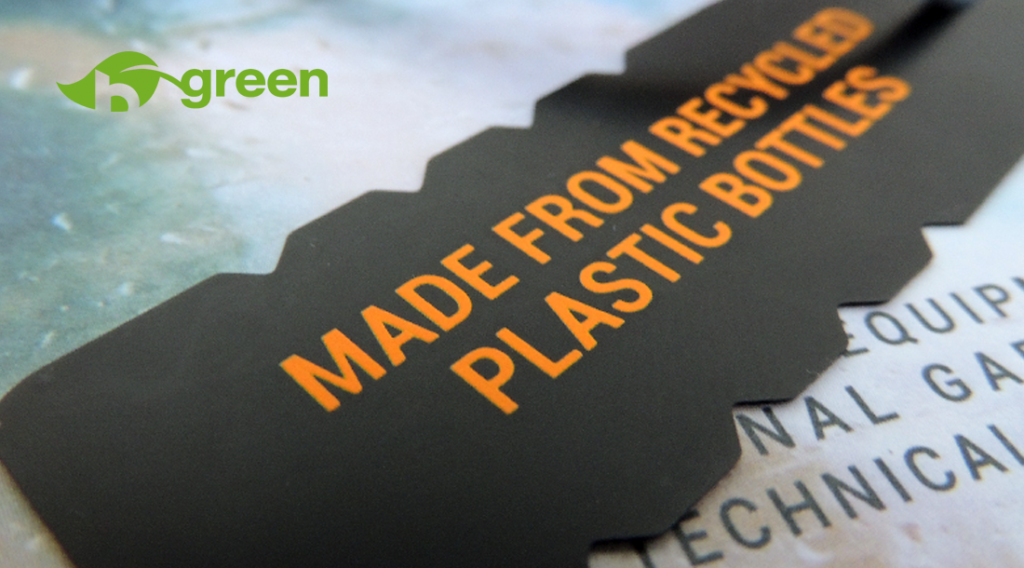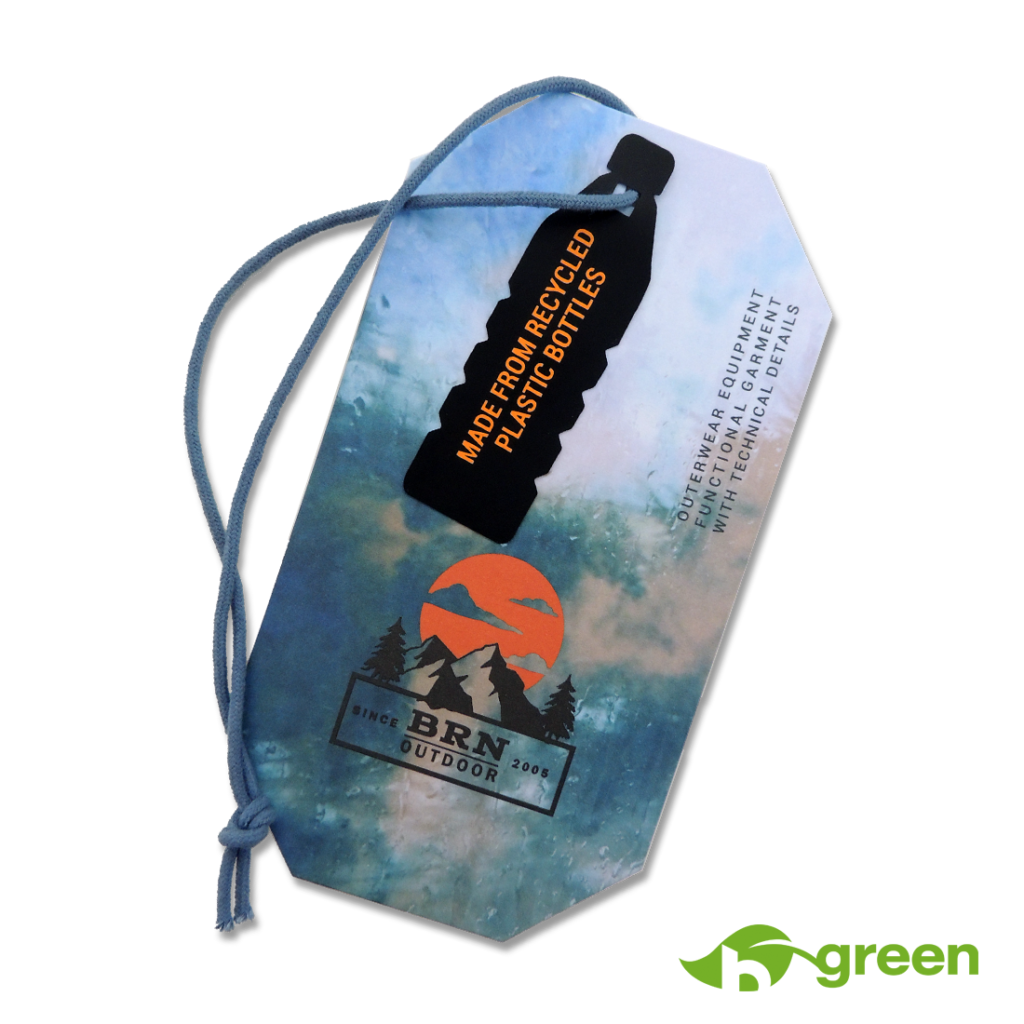Increasing the recycling rate of plastics even more – that must be the goal in terms of sustainability. But how can companies and customers be sure that recycled material was actually used in production? Certificates and standards provide important assistance. Bornemann is also committed to sustainable material cycles and minimizes its own ecological footprint by using sustainable materials in the production of product labels.

Plastic is an indispensable material and present everywhere in our everyday lives. At the end of their use, however, many plastic items end up in the trash. In the process, used plastic can be a valuable source of raw materials through clever recycling. The recycling rate is still far from adequate: According to one study, for example, only around nine percent of all plastic waste generated from 1950 to 2015 was recycled.
Three groups of plastics are used: Thermoplastics, thermosets and elastomers. If they are to be reused, several methods come into question: In energy recycling, or thermal recycling, the thermal energy of plastics is used – for example, for combustion processes. Furthermore, there is mechanical recycling. Here, the plastic is collected, pressed, shredded, washed and separated from adhering impurities such as paper and metal. Only then can a granulate be produced as a starting material for new products.

Energy must also be added to recycling processes. Nevertheless, unlike conventional polyester, the manufacturing process for recycled polyester is far more energy efficient. Recycling existing plastics also means that less crude oil has to be extracted, and this alone conserves resources. Experts estimate that the production of recycled PET can reduce CO2 emissions by 32 percent compared to conventional polyester.
Which plastics can be recycled best? PET bottles are currently considered the most recyclable because they are unmixed and can therefore be used to make new bottles. We at Bornemann also rely on recycled plastic in our production from a variety of base materials such as silicone, PVC, PU, TPU, PES and PE.
Suspected cases of “recyclate fraud” are currently increasing, with new plastic increasingly being labeled as recyclate and imported. This is a threat to the reputation of manufacturers and also not in the spirit of sustainability and circular economy. Certificates attesting to the use of genuine recycled material offer a way out. The basis for most certificates is either “EN 15343:2007 European standard on recycled plastics traceability” or “ISO 15270:2008″ PlasticsGuidelines for the Recovery and Recycling of Plastic Waste”. Since chemical detection is not feasible in most cases, all systems use the document tracking route. The input, production losses and output are tracked.
The most commonly used certificates and standards in recycling include the Blue Angel, the oldest and also the best-known seal in Germany. The Blue Angel stipulates a high minimum percentage of recycled material. Also significant in this context is GRS & RCS: The Global Recycled Standard (GRS) and the Recycled Claim Standard (RCS) are the means of choice for the textile industry around the world to prove recycled content. For this reason, GRS and RCS are among the most widely used standards. In other industries, ISCC Plus, RSB, the Roundtable of Biomaterials, RecyClass & EuCertPlast or Ocean Bound Plastic are important certificates.
There is a growing need for companies in all plastics processing industries to use only recyclate that can be transparently and certified as coming from a “clean” source. The risk of loss of image and credibility is high, while certification proves the quality of the material used. We are also committed to sustainable material cycles and minimize our environmental footprint by using sustainable materials in our products.
We have collected detailed information about the sustainability of our products in our sustainability folder “be green” (you can find a preview of the folder here). In it we go into detail about the composition, processing and origin of our materials.
Sources: AAAS (Science Advances), 2019